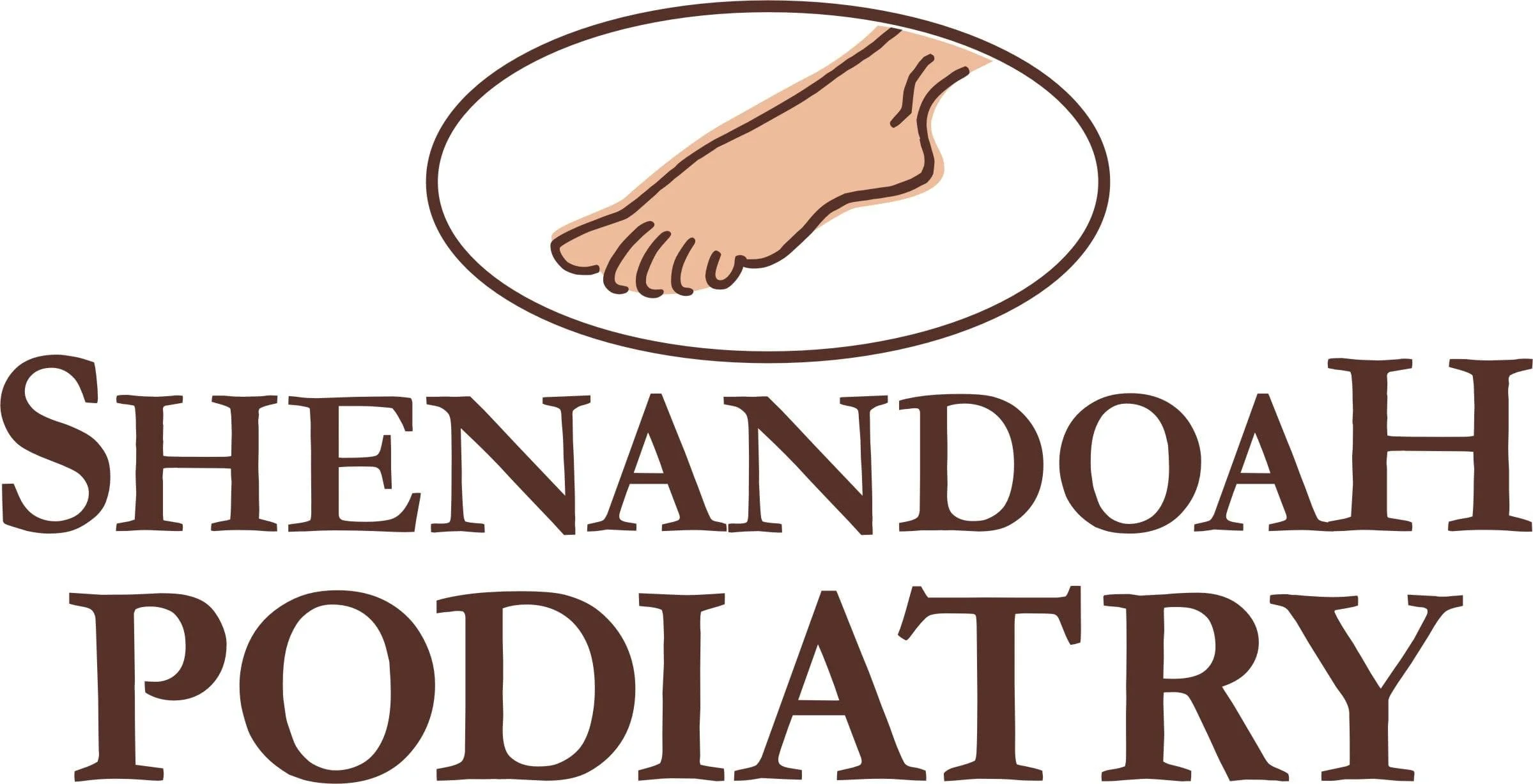Sometimes a condition within your body is a precursor to an even more serious condition. Such is the case with peripheral arterial disease (PAD). Understanding this condition can be instrumental in driving positive lifestyle changes that decrease your risk of critical medical issues.
An Intro to Peripheral Arterial Disease
In this common circulatory condition, blood flow to a patient’s limbs is reduced on account of narrowed arteries. This can have a profound impact on your lower legs and feet, since they are the farthest points from your heart. When they do not receive proper levels of the essential nutrients delivered via your bloodstream, symptoms may arise.
This disease is often a sign indicating that you have widespread deposits of fatty materials in the arteries throughout your body (atherosclerosis). This may reduce blood flow to such vital areas as your head and heart, which puts you at risk for a heart attack or stroke.
Symptoms of PAD to Watch For
It needs to be noted that many people who have this condition exhibit no signs of it. If you do notice something wrong, it is important to seek help quickly. Doing so will improve the odds of successful treatment and decrease the risk of a serious medical problem.
Observable symptoms include:
- Leg pain or cramping from either physical activity (intermittent claudication) or while you are lying down or at rest (ischemic rest pain). Ischemic rest pain can be severe enough to disrupt your sleep.
- Coldness, weakness, or numbness in your foot or lower leg, especially when compared to your other side.
- Sores on your legs, feet, or toes that will not heal or take an abnormally long time to do so.
- Slower hair growth than normal, or even hair loss, on your legs and feet.
- Shiny skin or abnormal coloration on your legs.
PAD Treatment
It is quite possible to manage this condition and stop its progression through the use of healthy lifestyle changes, including:
- Quit smoking. Smoking contributes to damaged and constricted arteries. Experts agree that this is the best step for reducing the risk of complications from this disease.
- Exercise. Physical activity plays an instrumental role in forcing your muscles to use oxygen in an efficient manner and promoting healthy circulation.
- Diet. What you eat can contribute to the condition, but it can also be an integral part of fighting back against it. A diet rich in essential vitamins and minerals and low in saturated fat will help keep your cholesterol and blood pressure levels in check.
Lifestyle changes can certainly help, especially for mild or early cases, but there comes a time professional intervention may be necessary. When this is the case, medication, angioplasty and surgery all become treatment options.
Medication is typically targeted at lowering cholesterol, managing blood sugar, decreasing high blood pressure, and preventing blood clots. There are also medications intended to tackle various symptoms of peripheral arterial disease. Angioplasty is essentially the use of a small balloon to reopen an artery and push the blockage back into the artery wall.
Preventing PAD
The best prevention is simply healthy living. This means exercising on a regular basis, keeping your blood pressure and cholesterol levels low, and quitting smoking (which is a fantastic idea in general). Since food can play a role in this condition, avoid meals that have copious amounts of saturated fats. Maintaining a healthy bodyweight goes hand-in-hand with what you eat, but it can also decrease your odds of having to deal with constricted blood flow.
The Professional Care You Need
When you observe any of the symptoms associated with peripheral arterial disease, be sure to make an appointment to have your condition checked by our foot doctors. Keep in mind that these symptoms may indicate that something is seriously wrong.
Getting the help you need early from Shenandoah Podiatry can be instrumental in keeping catastrophic events at bay. Give our Roanoke, VA office a call at (540) 904-1458. You can also fill out our online form to request an appointment with us today.
